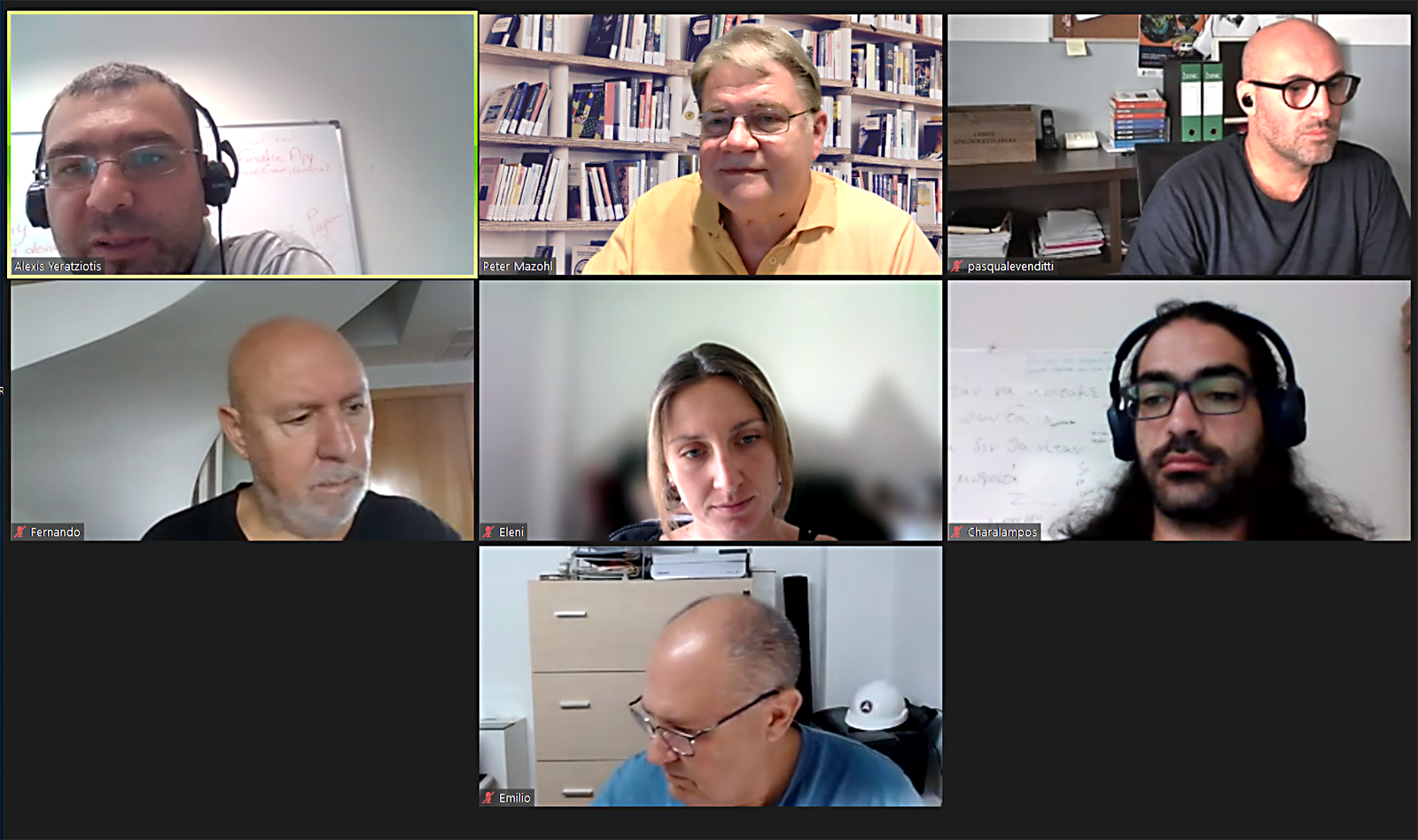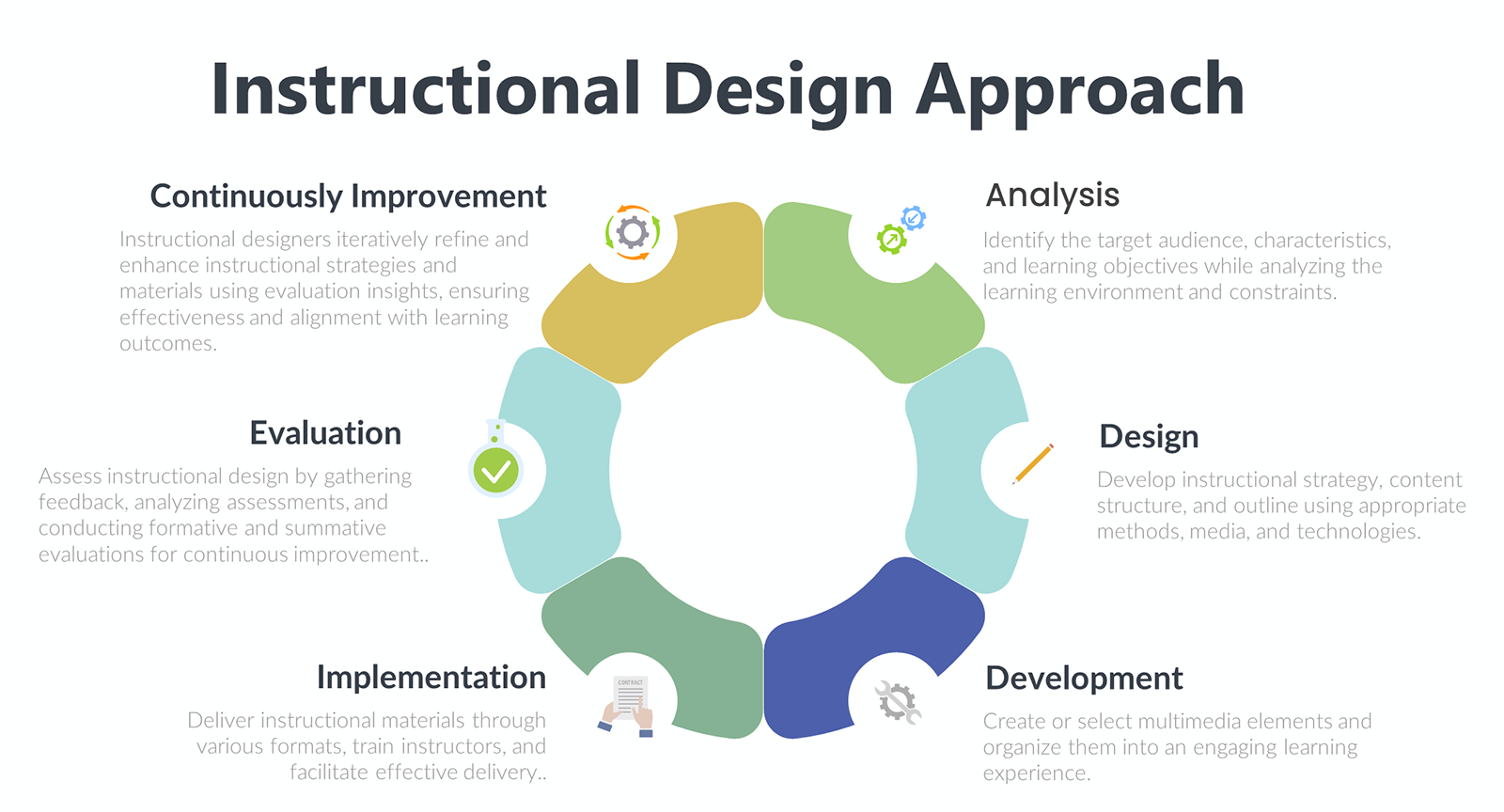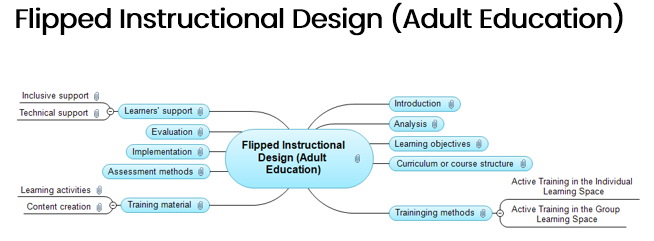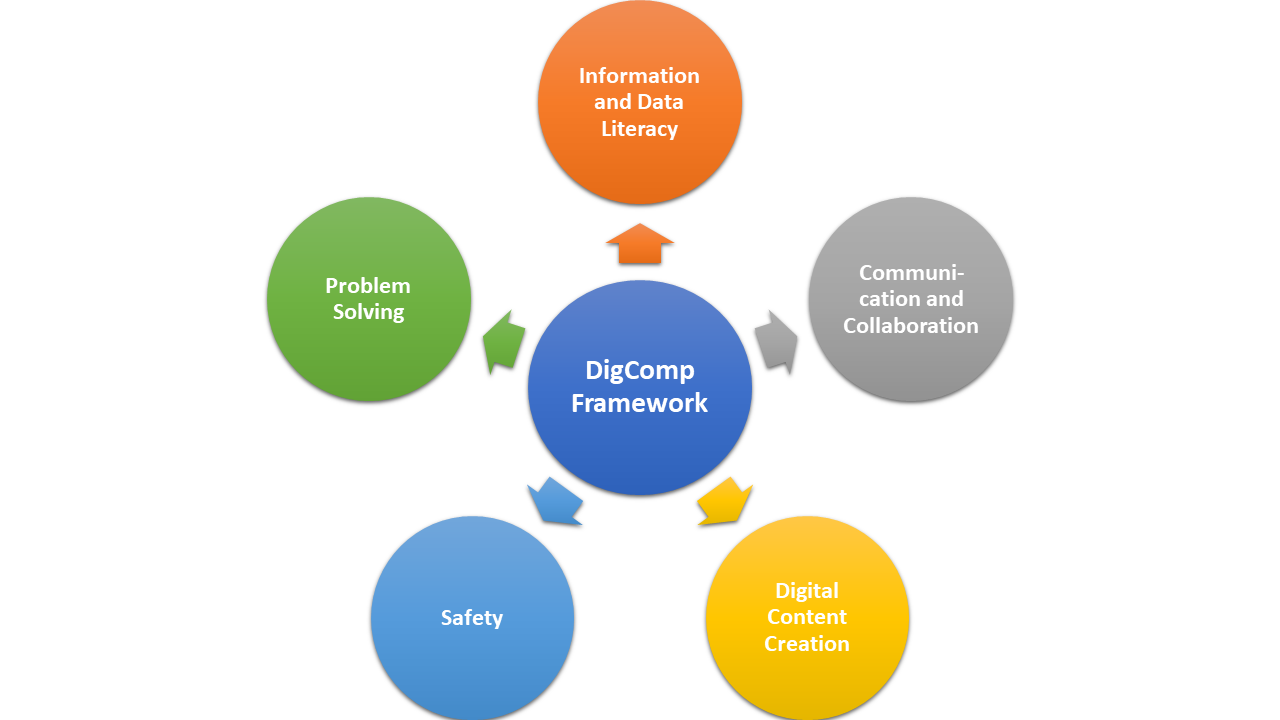
Multimedia-based Assessment
Multimedia-based assessment is a type of assessment that uses multimedia elements, such as text, images, audio, and video, to present and evaluate student learning. Multimedia-based assessments can be used to assess a wide range of skills and knowledge, from basic literacy and numeracy skills to complex problem-solving and critical thinking skills. Here is an example Read More …









